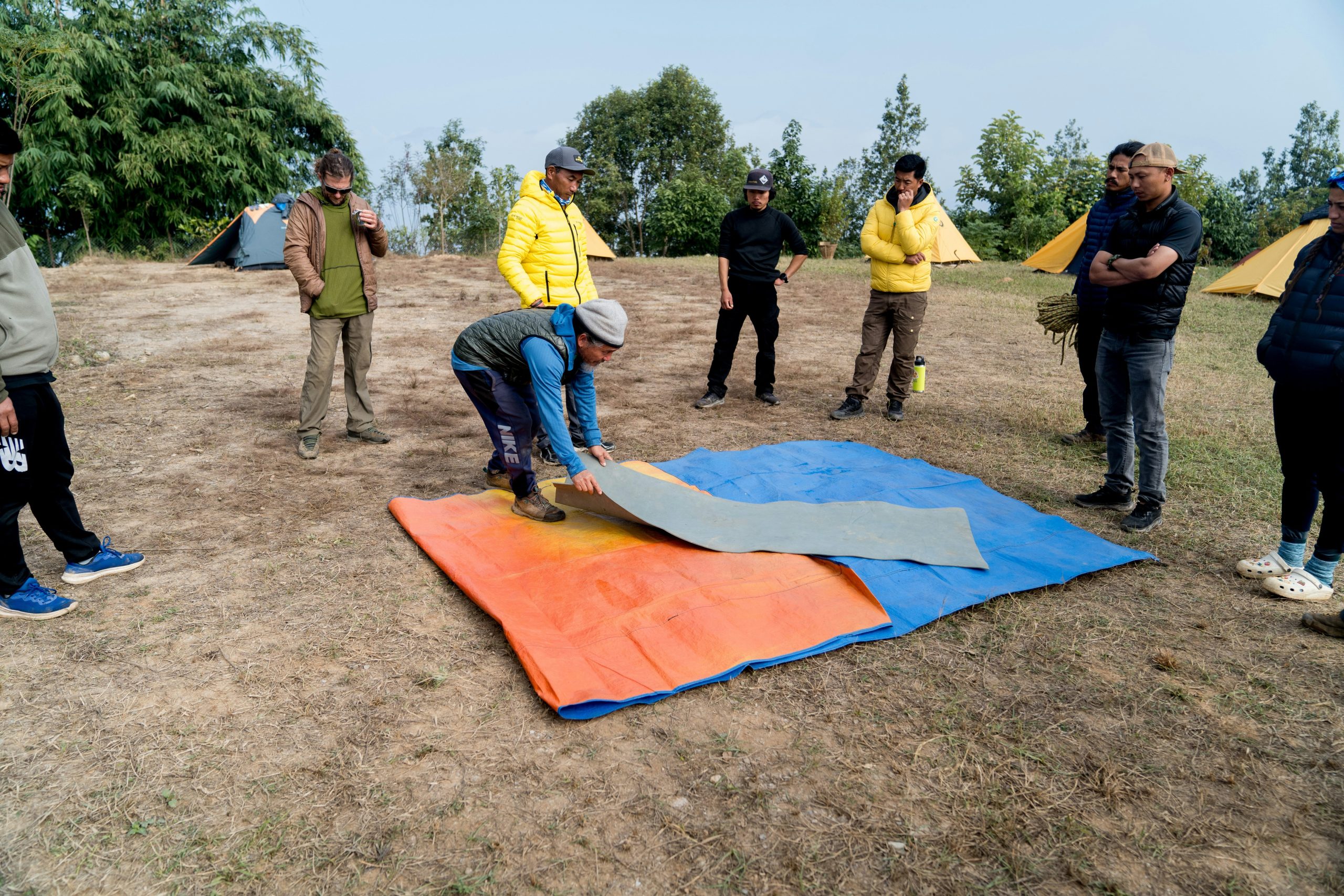Ever had that nightmare where your company’s entire database vanishes in seconds? You’re not alone. 60% of small businesses close within six months of a cyberattack. But here’s the kicker: most of these disasters could’ve been mitigated with proper preparation—cue disaster simulation drills. Sounds like your laptop fan after a 4K render, right? Exactly.
In this post, you’ll discover:
- Why disaster simulation drills are critical for your business.
- A step-by-step guide to creating your own drills.
- Tips and best practices to ensure success.
- Real-world examples from companies that crushed it.
Table of Contents
- Key Takeaways
- The Problem With Ignoring Disaster Preparedness
- Step-by-Step Guide to Running Disaster Simulation Drills
- Tips and Best Practices for Effective Drills
- Examples of Companies Winning with Disaster Simulations
- FAQs About Disaster Simulation Drills
Key Takeaways
- Disaster simulation drills prepare teams for real-world cybersecurity incidents.
- These drills help identify vulnerabilities before attackers exploit them.
- Proper planning and execution lead to faster recovery times during crises.
- Training employees is just as important as having the right tech stack.
The Problem With Ignoring Disaster Preparedness
Let me confess something embarrassing. A few years back, one of my servers went down during an important client demo. I panicked. Why? Because no one had prepped us for how to respond efficiently. It was chaos—a true #cyberfail moment.

This happens more often than we’d like to admit. Whether it’s ransomware locking down files or accidental data deletion by an employee, disasters come in all forms. And without simulating responses beforehand, even minor issues can escalate into full-blown catastrophes.
Optimist Me:* “Just follow these tips!”
Grumpy Me: “Only if coffee’s involved… lots of coffee.”
Why Fault Tolerance Isn’t Enough
Fault tolerance—the ability of a system to keep operating despite failures—is great. But what about the human element? If your team doesn’t know how to act under pressure, fancy software won’t save you.
Step-by-Step Guide to Running Disaster Simulation Drills
Now let’s dive into the nitty-gritty. Here’s how you can run effective disaster simulation drills:
Step 1: Define Clear Objectives
What do you want to achieve? Recovery time improvement? Identifying gaps in your process? Write it down.
Step 2: Choose Realistic Scenarios
Pick scenarios that mirror potential threats. For instance, simulate a phishing attack or a power outage hitting your primary server.
Step 3: Assemble Your Team
Include people across departments—not just IT. Communication is key.
Step 4: Execute the Drill
Run the drill as realistically as possible. Use fake emails or mock breaches to trigger reactions.
Step 5: Review Performance
Afterward, analyze what worked and what didn’t. Adjust plans accordingly.
Tips and Best Practices for Effective Drills
- Make It Regular: Schedule drills quarterly to stay sharp.
- Document Everything: Keep records of actions taken and improvements made.
- Educate Everyone: Even non-techies should understand basic protocols.
- Don’t Overcomplicate: Focus on simple, actionable steps rather than over-engineered plans.
Rant Alert!
I cannot STAND when companies treat training like a checkbox exercise. Just because you printed some guidelines and called it “training” doesn’t mean anyone will remember them during a crisis. Ugh.
Examples of Companies Winning with Disaster Simulations
Take Google, for example. They regularly conduct large-scale disaster simulations to test their infrastructure resilience. The result? Minimal downtime, even amidst global disruptions.

Closer to home, small businesses have benefited too. A local accounting firm once ran simulations focusing on data backups. When a malware attack hit, they recovered operations within hours instead of days.
FAQs About Disaster Simulation Drills
Q: How long should a disaster simulation drill last?
A: Ideally between 1-2 hours depending on complexity. Keep it engaging but realistic.
Q: Can startups afford such drills?
A: Absolutely! Free tools like CyberPatriot offer resources to design low-cost simulations.
Q: Do I really need to involve non-IT staff?
A: Yes! Everyone plays a role in maintaining security hygiene.
Conclusion
Disaster simulation drills aren’t just buzzwords—they’re lifeboats for your business in turbulent digital waters. Start small, iterate often, and make sure everyone knows their role.
To wrap things up:
Attackers lurk unseen,
Preparedness shines through doubt,
Simulate to win.
Looks like a Tamagotchi—you gotta feed it daily care.


